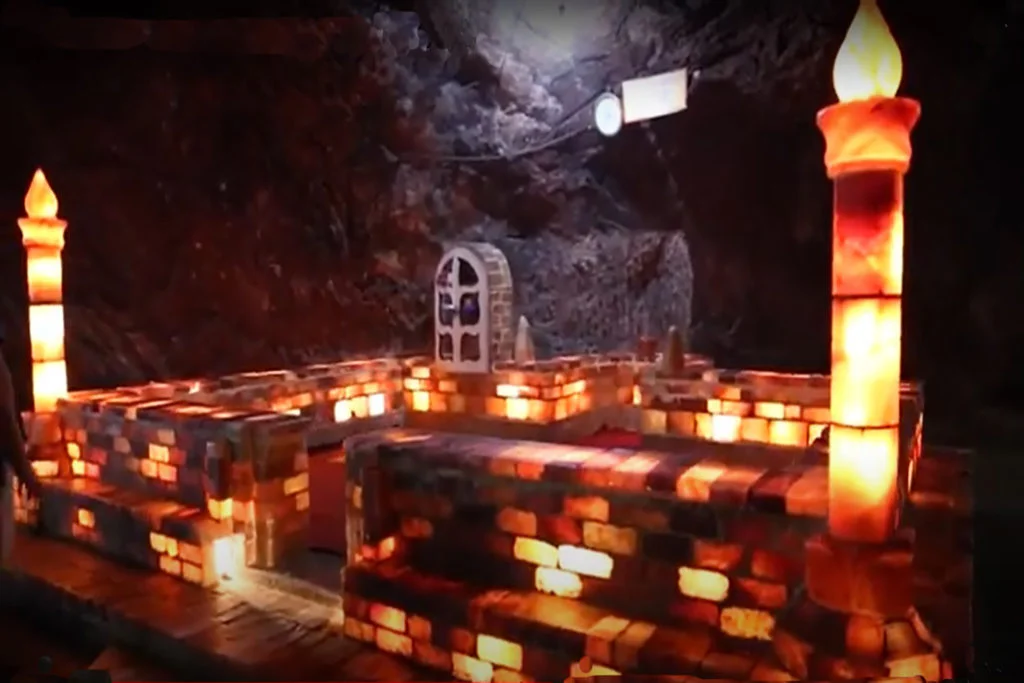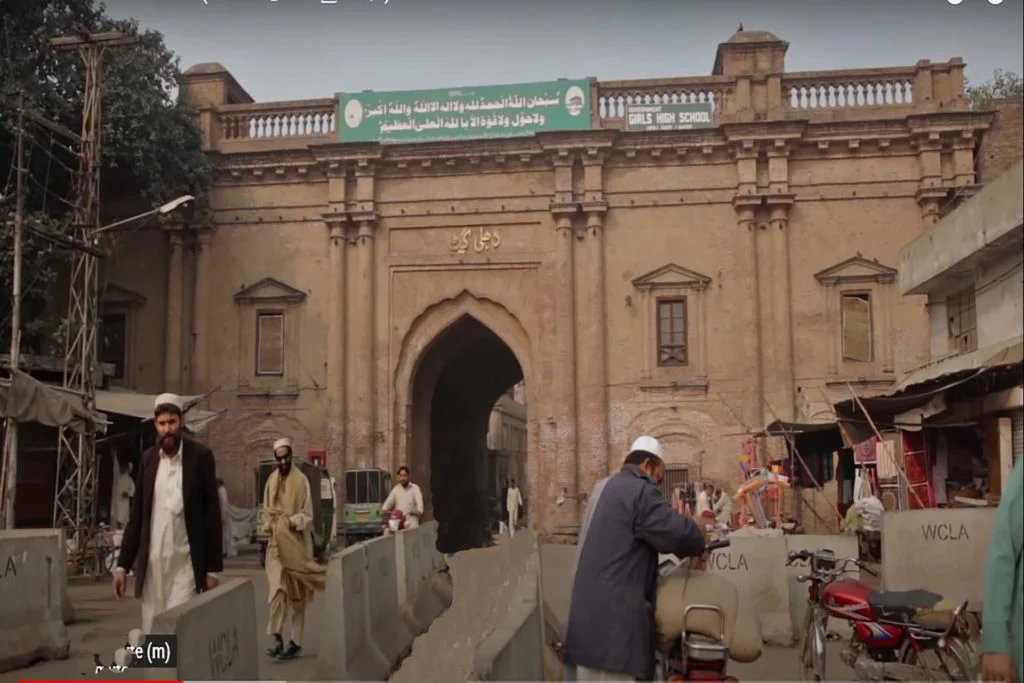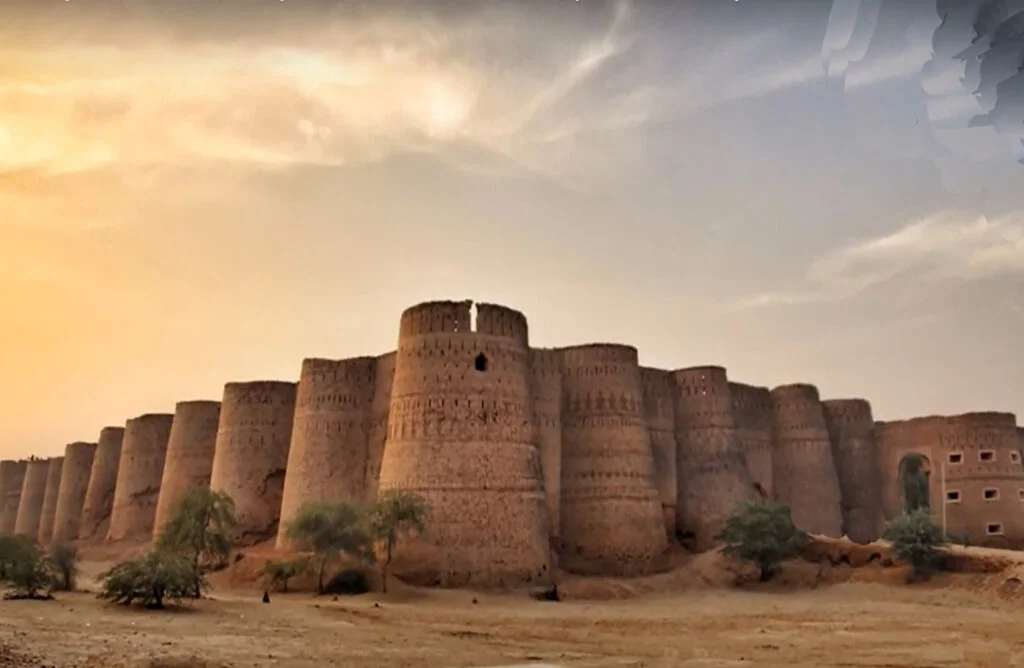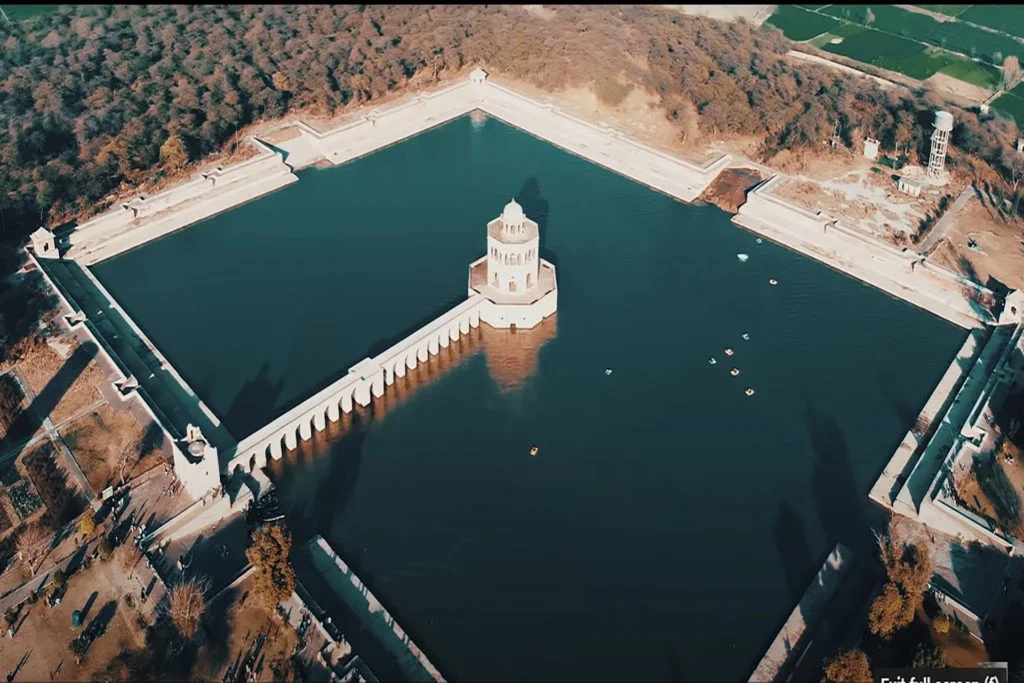Old name of Rohri City
Aror Sindh or Alor or Arorkot is the medieval name of the city of Rohri (in Sindh, Pakistan). Aror, Sindh once served as the Capital of Sindh.
Aror – the Capital of Sindh
Aror, Sindh is the ancestral town of the Arora caste. According to the Bhavishya Purana, Parshuram attacked the Kshatriyas but eventually met one who refused to oppose the Brahmins. This caused Parshuram to gain respect for him and as a result, Parshuram asked this Kshatriya to settle in Sind at Arorkot. The descendants of this Kshatriya were named after the place.
As Roruka, the capital of the kingdom of Sauvira, is mentioned as an important trading center in early Buddhist literature. Little is known about the history of the city before the Arab invasion in the 8th century AD.
Al-Rur was the capital of the Ror dynasty, followed by the Rai dynasty and then the Brahman dynasty that once ruled northern Sindh.
History of Rohri city?
Arab historians used the words Al-Rur, Al-Ruhr, and Al-Ror to describe Aror. The basic meaning of “The Ror” as “Al” is simply the English word “The” in Arabic. Aror was the ancient capital of Sindh, originally ruled by the Ror dynasty, followed by the Rai dynasty, and then the Brahman dynasty. Modern Rohri is now located near Sukkur, Sindh. In 711, Aror was captured by the army of the Muslim general Muhammad bin Qasim. In 962, it was hit by a massive earthquake that changed the course of the Indus River.
Interior Sindh is better known for its fertile Indus Basin and the sand dunes on its eastern border with India. However, there are a number of hills that sort of separate the two regions. These limestone formations can be found in the districts of Rohri and Khairpur, although these are sparsely populated, tourists often visit several famous sites that include shrines, temples, and the famous Kot Diji fort located in Khairpur.
These hills were not always so barren, traces of old river channels can be found mainly a few kilometers east of Rohri, where the city of Aror once stood with its pomp and glory. It was the seat of power when Muhammad Bin Qasim conquered Sindh.
Image Gallery – Arror Pakistan








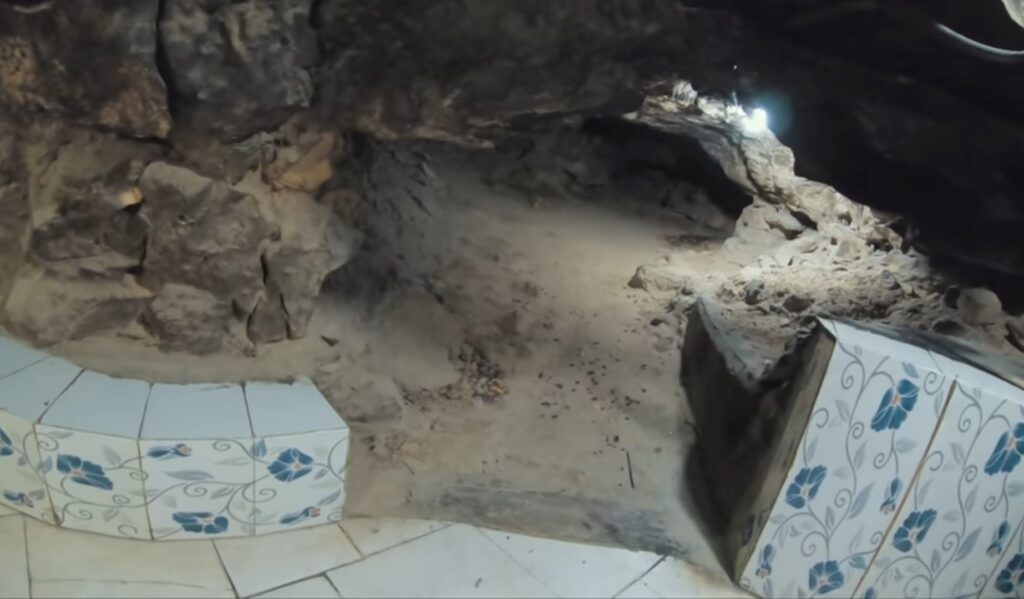


However, it was destroyed by a massive earthquake in 962 AD, and the same earthquake is believed to have changed the course of the Indus and shifted the fortunes of the area once and for all.
The surviving structures were lost one by one, and only a few arches of the Masjid believed to have been built on the orders of Muhammad bin Qasim, are evidence of a bygone era.
Still, there are places you shouldn’t miss in the deserted city of Aror. The first and foremost is the Kalkaan Devi temple in a natural cave.
Kalka Devi Mandir is one of the holiest shrines for Hindus in Pakistan. According to legend, Kalka Devi appeared here during her Hinglaj Yatra.
How to Reach Aror Sindh
It is accessible via the Rohri bypass. From “Muhammad bin Qasim Public School” in Aror, you have to turn left and drive for two or three kilometers before you find the road ending at the temple. Even on a weekdays you will find families visiting the temple.
Many rooms have been built around the original temple in the cave, some for prayers and others to accommodate the visitors who flock in their thousands during Hindu festivals.
From one room is the entrance to a cave that is barely five to six feet high. The floor is tiled but you have to watch your head. There are two tunnels that connect the cave to the temple at Hinglaj, according to the caretaker. We peered inside a hole that could barely fit a person.
The fragrance and smoke of agarbatis (incense) created a mystical aura around. The priest was sitting on a stone platform and there it was; an idol of the fierce Kalkaan Devi with a dagger in one hand and a severed head in the other. a

Behind the priest you can see the second tunnel. Go forward and you will enter Samadhi.
A few minutes drive from the temple, are the remains of a mosque built on a hill. It was built by order of Muhammad Bin Qasim as a sign of his authority after he defeated Raja Dahir’s son.
Unfortunately, only a few arches were preserved, but to our surprise, some prayer mats and a loudspeaker were installed at the top, indicating that the mosque was very active.
Drive a little further from the mosque and you will reach a link road connecting lots of small villages to Rohri and Khairpur in both directions. From here take a left towards Khairpur.
The road also serves as a boundary between the fertile vegetation and the barren rocky landscape on the other side.
Follow this road and a little later you will see a separate stone on the left. There is also a natural wonder. It looks like a showpiece and seems too good to be the result of an earthquake. According to legend, he won a fierce battle against Kalkaan Devi here and the stone was cut in parts by the blow of his sword.
Rock climbing is not an easy task. A small staircase takes you to the first level, but then you have to crouch to climb any further. You can get back on your feet after a while, but the climb is steeper and you have to jump over parts where the rock mysteriously cuts into parts.

Chattan Shah ji Takri in Aror sparks the imagination. People need legends to support its existence. At its base lies a ten-foot tomb believed to belong to a companion of Hazrat Ali, also named Ali, incidentally.
A small structure is built on top, which probably serves as a mosque. The view from the top is breathtaking, looking at the emptiness of Arora on one side and the verdant green fields fueled by the healing water of the Indus on the other. The site could be a great campsite, but fear remains over the unstable security situation in the area and people prefer to return before sunset. This area has witnessed many conflicts in the past and continues to this day.


